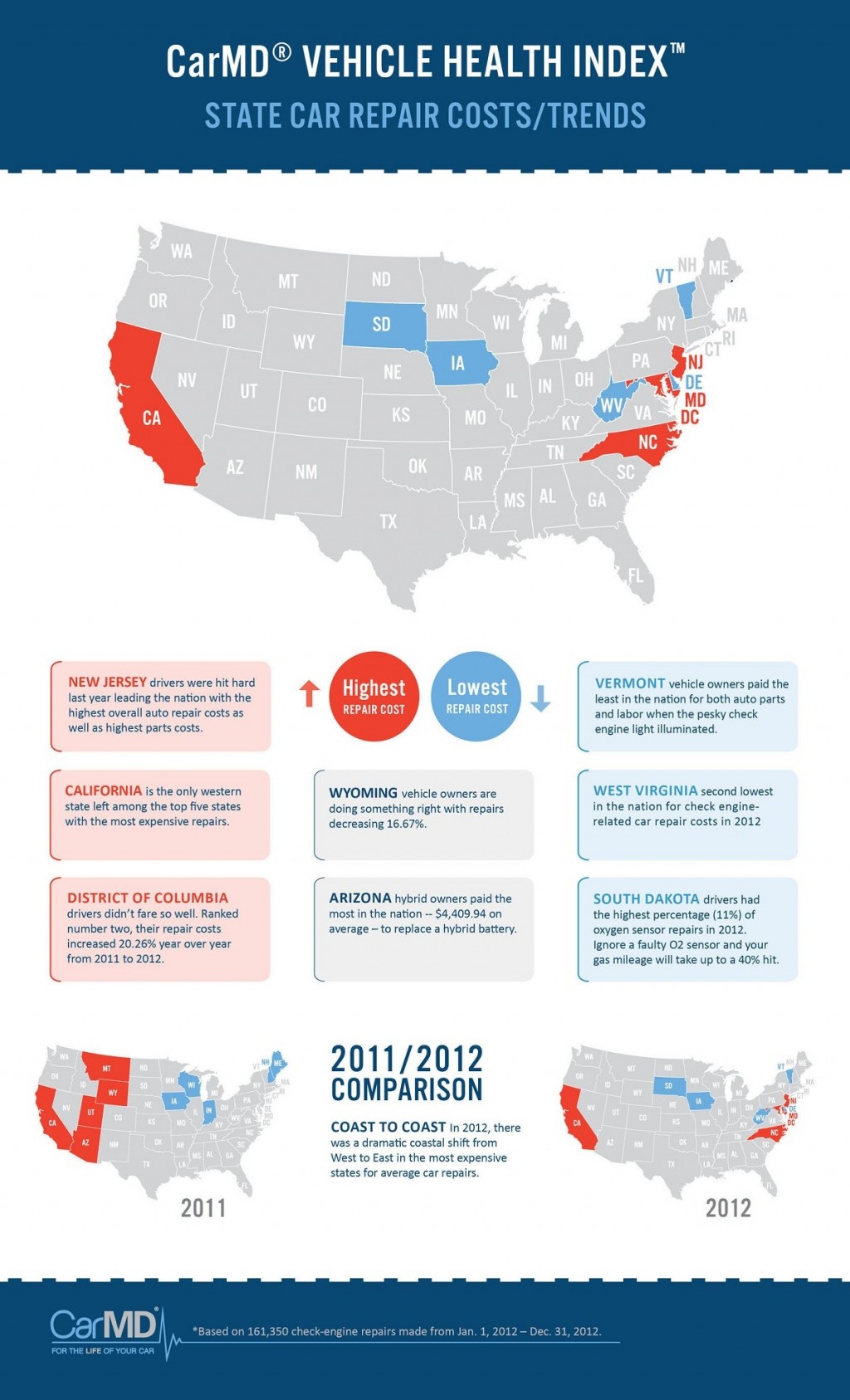Evaluating Your Vehicle'S Warning Indicators: What They Truly Convey
Evaluating Your Vehicle'S Warning Indicators: What They Truly Convey
Blog Article
Authored By-Faulkner Torres
When you lag the wheel, those glowing warning lights on your control panel can be a little bit complicated. Do you know what they're attempting to inform you about your auto's health and wellness? Understanding the importance of these lights is essential for your security and the long life of your car. So, the next time one of those lights turns up, wouldn't you intend to decipher its message properly and take the essential actions to resolve it?
Common Warning Lighting and Interpretations
Determine usual caution lights in your automobile and recognize their definitions to make certain risk-free driving.
https://brake-service-near-me85162.webdesign96.com/30784492/would-you-like-to-discover-amazing-auto-repair-facilities-situated-near-you of the most normal caution lights include the check engine light, which signifies problems with the engine or discharges system. If this light begins, it's vital to have your car inspected immediately.
The oil pressure cautioning light indicates low oil stress, requiring instant interest to prevent engine damage.
A blinking battery light could suggest a defective charging system, possibly leaving you stranded if not addressed.
The tire stress surveillance system (TPMS) light alerts you to reduced tire stress, affecting car security and fuel performance. Disregarding this can result in risky driving conditions.
The abdominal light suggests a problem with the anti-lock braking system, compromising your ability to stop quickly in emergencies.
Lastly, the coolant temperature level advising light warns of engine overheating, which can result in severe damage if not dealt with promptly.
Comprehending these typical warning lights will assist you address issues without delay and preserve secure driving problems.
Value of Prompt Attention
Comprehending the typical caution lights in your car is just the first step; the importance of quickly attending to these warnings can't be stressed sufficient to ensure your safety on the road.
When a warning light brightens on your control panel, it's your cars and truck's way of connecting a prospective concern that needs focus. Overlooking these cautions can cause extra extreme troubles later on, jeopardizing your safety and potentially costing you much more in repairs.
https://www.consumerreports.org/car-repair-shops/what-to-expect-at-auto-repair-shops/ to advising lights can protect against breakdowns and accidents. For example, a blinking check engine light could show a misfire that, if left ignored, can trigger damage to the catalytic converter. Resolving this without delay can save you from an expensive fixing.
In a similar way, a brake system warning light could signal low brake liquid or worn brake pads, crucial parts for your safety when driving.
Do It Yourself Troubleshooting Tips
If you observe a caution light on your dashboard, there are a couple of do it yourself repairing ideas you can try before looking for specialist aid.
The first step is to consult your automobile's guidebook to recognize what the certain warning light suggests. Often the problem can be as straightforward as a loosened gas cap setting off the check engine light. Tightening up the gas cap might resolve the problem.
One more common concern is a low battery, which can activate various advising lights. Examining the battery connections for rust and guaranteeing they're secure might deal with the issue.
If a caution light persists, you can try resetting it by disconnecting the vehicle's battery for a few mins and after that reconnecting it. In addition, checking your vehicle's liquid levels, such as oil, coolant, and brake liquid, can assist troubleshoot warning lights related to these systems.
Final thought
In conclusion, understanding your auto's warning lights is necessary for maintaining your vehicle running efficiently and securely. By quickly addressing these notifies and knowing what they indicate, you can stay clear of costly fixings and potential malfunctions.
Keep in mind to consult your auto's handbook for specific information on each advising light and act appropriately to make certain a trouble-free driving experience.
Remain notified, remain risk-free when traveling!
